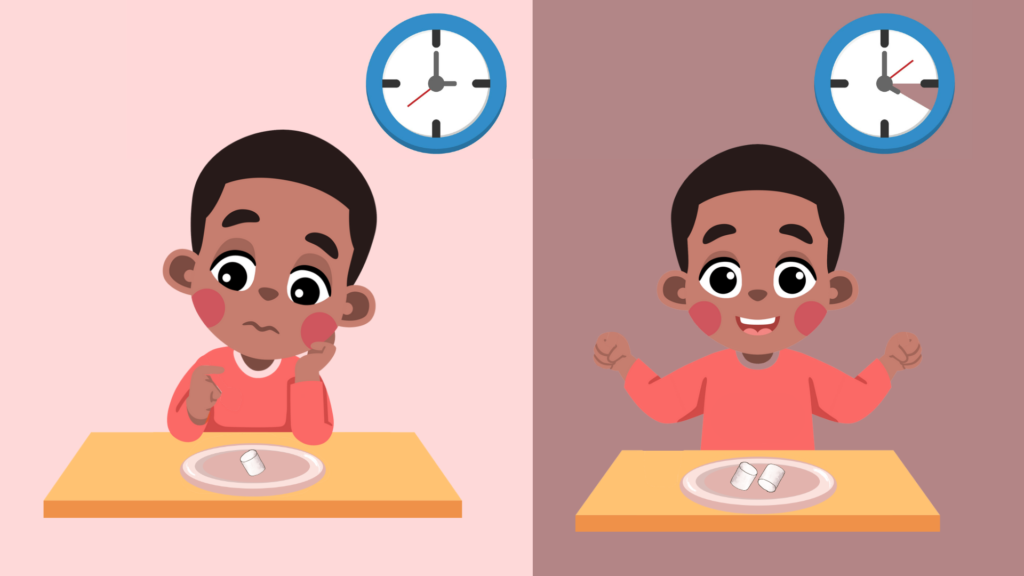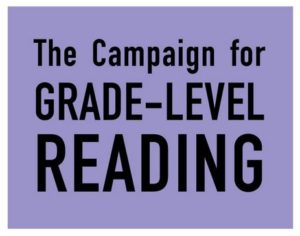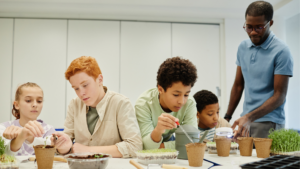
I love to tell the story about the findings from the revised marshmallow test. But I don’t often get a chance to speak to early childhood folks. So, I was excited to have a chance to weave this into my quick comments on today’s CGLR webinar: Safety and Belonging First: Advancing Well-Being for Learning Recovery.
I’m a huge fan of the Campaign for Grade Level Reading that harnesses the collective knowledge, expertise, and wisdom of over 300 communities about what’s working to drive improvements in early school success for low-income children. The goal is clearly important. Founder and managing director Ralph Smith and I discussed his perspective that generating “authentic demand” to build the broader community’s capacity to advance third grade reading was a first step in a multi-faceted poverty alleviation strategy.
This perspective got me to their table as an advisor. Even so, I was surprised to be invited to talk on this panel given my clear lack of expertise on early childhood in general and early literacy in particular. But you don’t say no to Ralph Smith or his colleagues. So, I got creative.
The key words in the session title are safety, belonging, well-being, and learning recovery. The research example I chose to anchor my comments is about trust and marshmallows. I did a column on it a while ago that has all the references. Here’s the top notes of the classic experiment:
A five-year-old is brought into a room. There is a table with a marshmallow on a plate. The researcher says they’ll be back in a few minutes and gives the child a choice – eat one now or eat two when they return. The test turned out to be an effective measure of willpower/delayed gratification and a strong predictor of student success.
For decades the results have been used to suggest not only that traits like self-control matter, but that they are baked into children early. A more recent study identified a third variable: trust. Before going into the room, kids were randomly assigned to have a pre-encounter with a member of the research team who offered them art supplies while they waited. Half received them. Half didn’t. The impact of this seemingly insignificant encounter was amazing. In the original study, the average time young children waited was 6 minutes. In the new study, the group with the good pre-experience waited 12 minutes on average. The group with the unreliable experience only waited 3.

This simple test reminds us that, even at a young age, a child’s behavior is a product of what they can do in general and what they believe makes sense to do at the moment given the situation or the environment. This is, in a nutshell, the science of learning and development.
So, while our focus, with good reason, is on helping children make up for lost learning time, we have to remember that we are much more likely to see the behaviors we want – whether its waiting to eat a marshmallow or focusing in on reading – when we have taken the time to build trust by demonstrating consistency and compassion in lots of small, seemingly unrelated ways. Trust is the foundation of safety and belonging. Safety and belonging are the prerequisites for learning. Recovery from any type of disruption starts with rebuilding trust, not with the delivery of the end-goal service.




No comment yet, add your voice below!